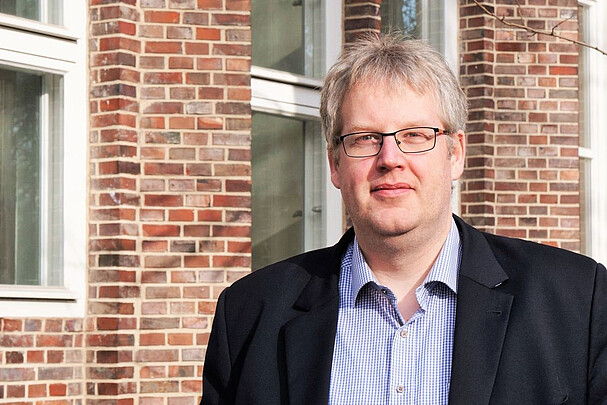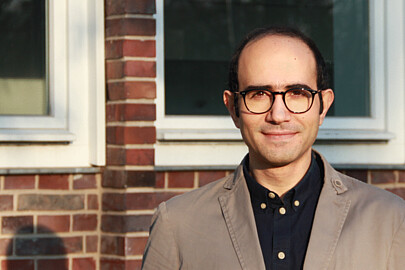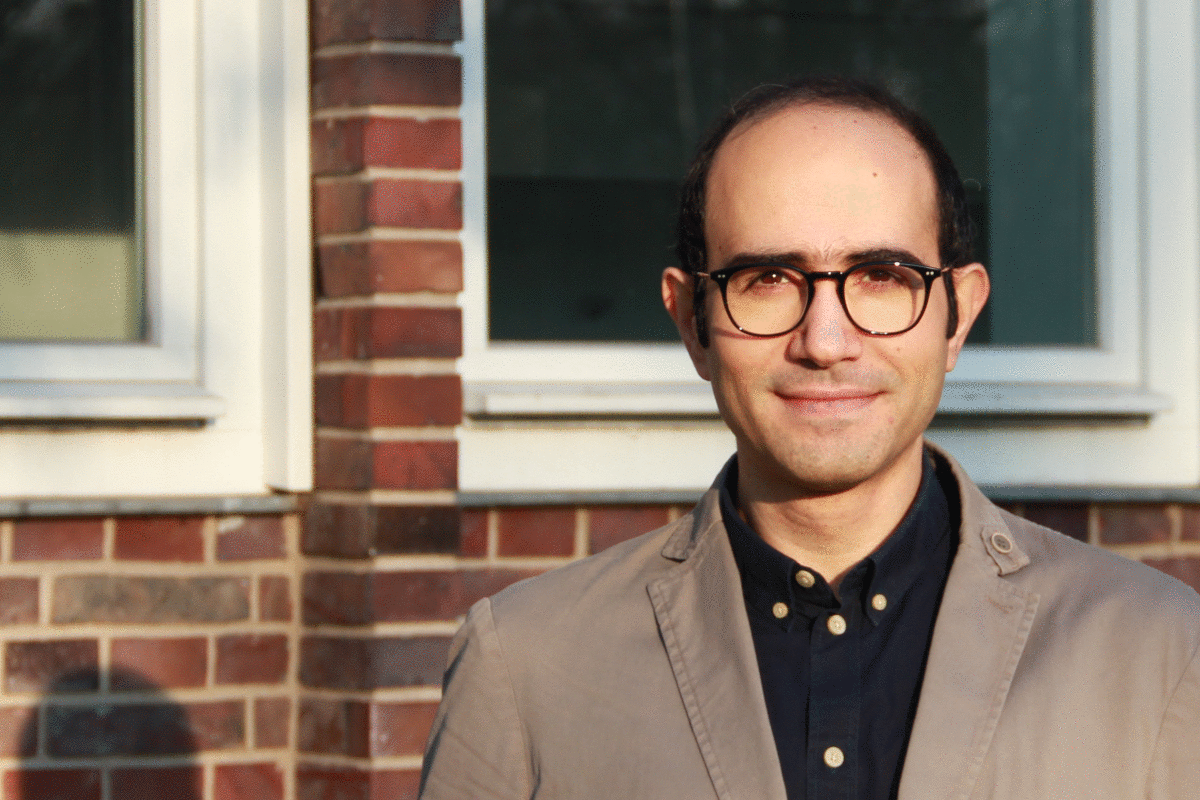The combination of complementary sensors to form multi-sensor systems (MSS) is essential for efficient object detection. The sensors can be divided into object-detecting and referencing sensors.
The Geodetic Institute Hannover (GIH) has been using the terrestrial laser scanner (TLS) as an object-capturing sensor for a decade. The task of referencing is primarily performed by sensors such as modern total stations, laser trackers and navigation sensors (GNSS, inertial measurement units). The current focus of work at the GIH in the field of TLS-based MSS is the realisation (from the idea to the prototype) of special multi-sensor systems for different areas of application, from classic object detection in outdoor areas to sub-millimetre requirements in industrial environments. Another focus of our work is the spatial calibration and synchronisation of MSS. In addition to the efficient, metrological determination of the relative relationships (translation and rotation) between the sensors, this also involves their quality assessment and the integration of calibration
The working group's areas of expertise
-
Laserscanning
Laser scanning
cent years, laser scanning has become established as one of the standard procedures in many areas of engineering geodesy. Examples of this include, among other things, deformation analysis and 3D object detection. The work group's task is to further develop the procedure as an overall process. Therefore, the current research work covers the entire spectrum from planning, hardware and platforms, interfaces, evaluation procedures to final validation. In addition, laser scanning has established itself as one of the most common recording methods for multi-sensor systems, which is also a focus of study in the work group.
-
Kinematic multi-sensor systems on land, in the air or on water
This field of research is concerned with the further development of different kinematic multi-sensor systems that operate on land, in the air or on water. It is essential to research new methods for the reliable and precise calibration and synchronisation of the various sensors with each other, which form the basis for integer georeferencing in any environment. In connection with laser scanner-based multi-sensor systems and the resulting mass data, the focus is, among other things, on the development of efficient filter and equalisation approaches that can be individually adapted to the various application aspects. Thanks to unique laboratory equipment with high-precision sensors for referencing tasks, the developed approaches and systems can be directly analysed with regard to their quality.
-
Quality assurance of geodetic multi-sensor systems
For individual sensors and for the combination of different sensors for 3D object detection, these can complement and control each other. However, the sensors differ in terms of their properties (e.g. recording method, accuracy). Accordingly, the uncertainty modelling of multi-sensor systems must include the assessment of the individual data in addition to the consideration of the entire process chain (e.g. calibration and synchronisation of the sensors). High-precision sensors are used to generate reference data and to validate the developed uncertainty models.
-
Applied machine learning for measurement data analysis
Multi-sensor systems generate large amounts of data, meaning that the efficiency of the analysis is becoming increasingly important. At the same time, the context of data acquisition results in individual requirements with regard to analysing this mass data. Against this background, the research field is concerned with the development of customised and generalisable (fully) automated evaluation algorithms based on machine learning.
Working group management

30167 Hannover

Working group management


Working group management
30167 Hannover


Working group management
Members of the working group
Current projects of the working group
-
AutoMap - Development of a robust positioning system for autonomous vehicles based on captured environmental information and GNSS/IMU dataDetermining the exact position of vehicles is not only crucial for autonomous driving, but also for many other applications. However, existing technologies, such as global navigation satellite systems (GNSS) or inertial measurement units (IMU), are reaching their limits due to interference and inaccuracies, especially in urban areas.Led by: Hamza Alkhatib, Sören VogelTeam:Year: 2023Funding: mFUND project | funded by the BMDV (Bundesministerium für Digitales und Verkehr)Duration: 2023-2025
![]()
![]() © GIH
© GIH
-
Deformation analysis based on terrestrial laser scanner measurements (TLS-Defo, FOR 5455): Uncertainty of the surface approximationGeodetic deformation analysis involves the statistical analysis of geometric changes in two or more states. To exploit the full potential of established surface-based measurement techniques, such as terrestrial laser scanning (TLS), continuous local and global modelling of the monitored surface is required. The project ‘Uncertainty of Surface Approximation’ focuses on the investigation of the interaction between measurement and model uncertainties in the context of surface model selection. These components are closely related, since the amount of model uncertainty is directly influenced by the interaction between the complexity of the measured object, such as roughness and sharp edges, and the spatial density of measurement points over the object. To address this, the project differentiates between three subtopics: TLS uncertainty budget, model uncertainty and the application of fractal geometry as a methodological tool to achieve the primary project goal.Led by: Ingo Neumann, Mohammad OmidalizarandiTeam:Year: 2023Funding: DFGDuration: 10/23 – 09/27
![]()
![]()













